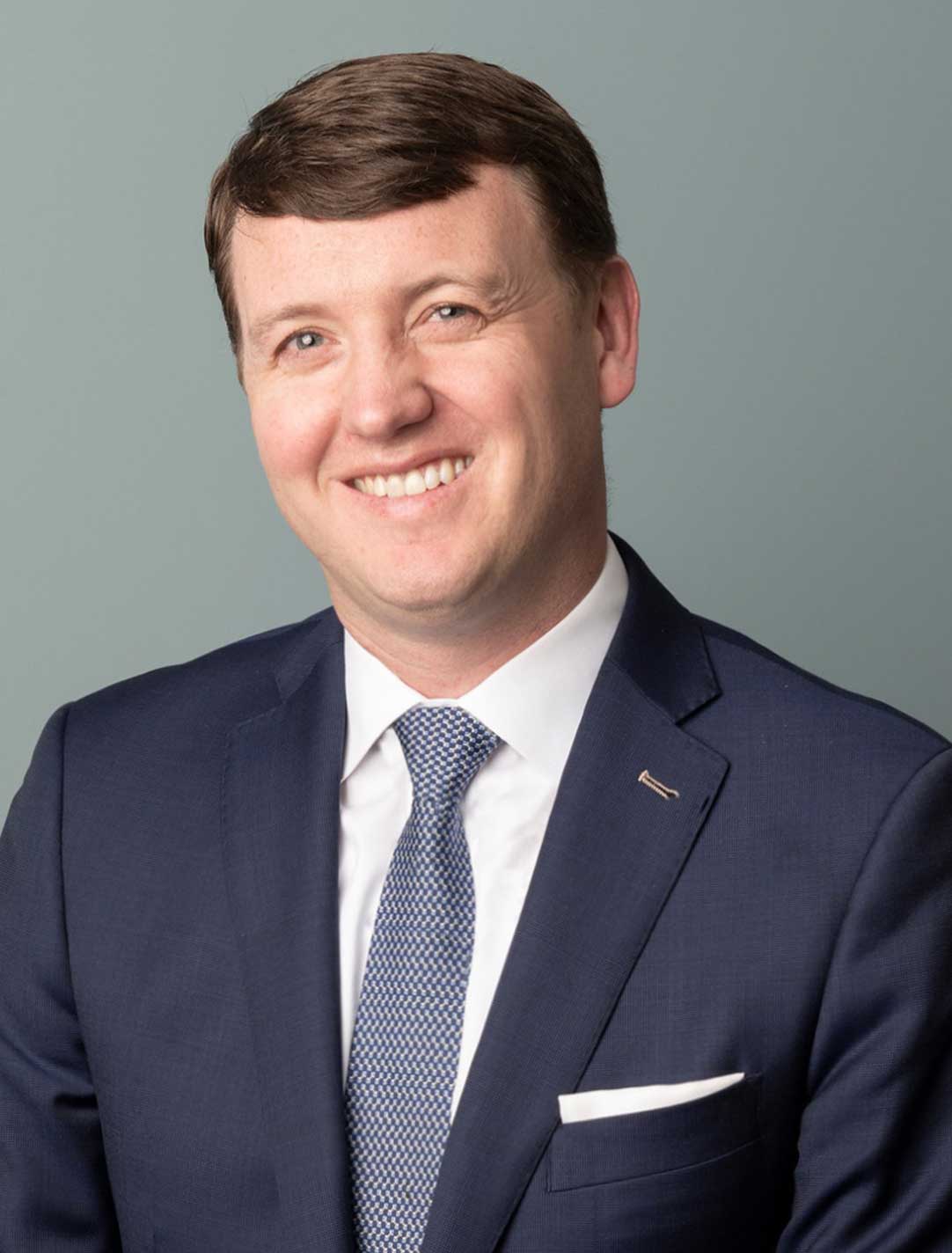Anatomy
How does the hip joint work? The human hip joint is a ball and socket type joint.
Bone
The ball portion of the joint is attached the femur (thigh bone) and is call the femoral head. The femoral head is attached to the femur by the femoral neck. Greater trochanter is the attachment point of the hip abductors. It is the bony prominence you feel on the side of your hip. Lesser trochanter is a bony prominence on the femur. It is implicated in ischiofemoral impingement. You cannot feel the lesser trochanter. The socket is part of the pelvic bone and is called the acetabulum (as-i-tab-yuh-luh m). The anterior superior iliac spine (ASIS) is the bony prominence of the pelvis you can feel at your waistline. The Sartorius and Tensor Fascia Lata muscles attach there as well as the inguinal ligament. The anterior inferior iliac spine (AIIS) lies just adjacent to the joint and is where the hip flexors attach to the pelvis. This bone plays a role in subspine impingement (link to subspine). The ischium is the bony prominence on the underside of the pelvis in your buttocks. Commonly this is called the sit bone. This is where the hamstring tendons attach to and is implicated in hamstring tears.
Labrum
The acetabulum has a dense fibrous tissue attached to it called the acetabular labrum or labrum. The labrum functions as a sealing gasket around the femoral head for stability and provides proprioception (sense of position) for the hip joint.
Ligaments
The joint itself is surrounded by a capsule made up of the ligaments around the hip call the iliofemoral, ischiofemoral and pubofemoral ligaments.
Cartilage
The femoral head and acetabulum are covered in hyaline cartilage or gliding cartilage. This smooth surface allows the hip to move smoothly in all motions.
Muscles
The muscles around the hip include:
- Flexors (tensor fascia lata, iliopsoas, iliocapsularis, rectus)
- Abductors (gluteal medius, minimus, and maximus)
- Extensors (gluteal maximus, hamstrings)
- Adductors (adductor magnus, brevis, longus)
- External rotators (piriformis, gammellae, obternus internus and externus and the quadratus femoris)
All of these muscles control hip motion and play a role in hip stability.
Nerves
The major nerves around the hip include the pudendal, obturator, the femoral, and sciatic nerve with the gluteal branches.
Blood Vessels
The major blood vessels around the hip include the circumflex arteries and the femoral artery as well as the associated veins.
At a Glance
Dr. Scott Faucett
- Internationally Recognized Orthopedic Surgeon
- Voted Washingtonian Top Doctor
- Ivy League Educated & Fellowship-Trained
- Learn more



